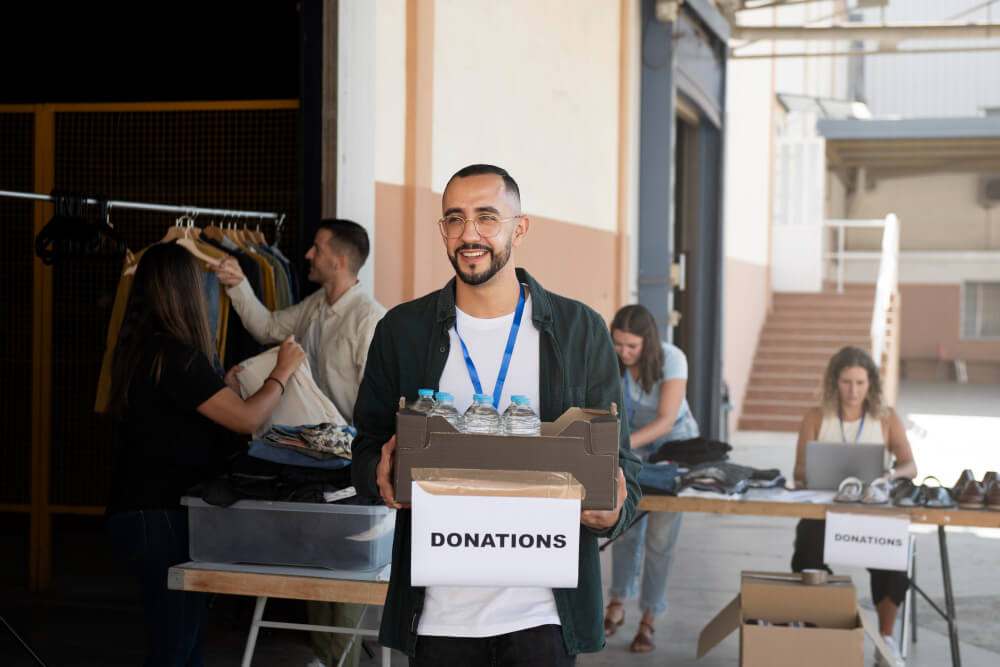The Senior Development Person functions in four broad areas:
• Long- and Short-Term Planning
Working with Leadership
• Operational Planning and Analysis
Working with Leadership, Administration and Staff to identify
and select the (marketing, public relations and development)
programs that will best address established goals and
objectives.
• Coordinating Development Activities with those of the other depts.
• Program Supervision
Working with Staff and/or vendors to plan and oversee Events and Mass Mailings —
Solicitations and other Communications, and Coordinate the activities of the
Volunteer Leadership.
The Operational Development Person functions in four specific areas:
• Long- and Short-Term Planning
Working with the senior development person
• Operational Planning and Analysis
Working with Leadership, Administration and senior development person to identify and
select the (marketing, public relations and development) programs that will best address
goals and objectives.
• Program Planning
Working with Volunteers and vendors to plan Events and Mass Mailings
• Program Implementation
Working with Volunteers and vendors to implement specific relationship-building and
fundraising activities, and Coordinate the Activities of the Volunteer Leadership
The Development Support Person functions in two general areas:
• Data Entry
Information on gifts, donors and prospects
• Communications
Contact with donors, prospects, volunteers and vendors to obtain/confirm information,
and facilitating the communications of the operational development person with donors,
prospects, volunteers and vendors.
(This piece has been on my hard drive for so long, I don’t remember if I wrote it or if someone else did, but it’s information worth having, and I’ll be happy to give recognition to its author if I’m informed it wasn’t me !!)
=-=-=-=-=-=-=-=-=-=-=-=-=-=
Have a comment or a question about starting, evaluating or expanding your fundraising program? Contact me at [email protected] With over 30 years of counseling in major gifts, capital campaigns, bequest programs and the planning studies to precede these three, I’ll be pleased to answer your questions.










